Bringing together the Rewilding movement
Since the concept of rewilding was defined and expanded by conservation biologists Michael Soulé and Reed Noss in a paper published in 1998, projects and initiatives aiming to restore large wilderness areas, natural processes, corridors or keystone species have flourished all around the world.
